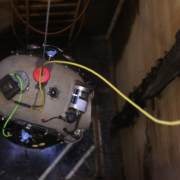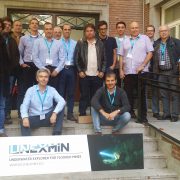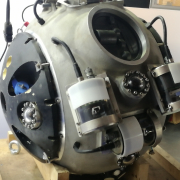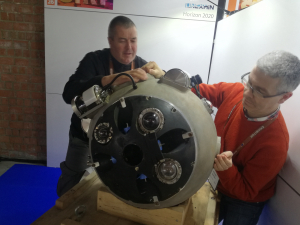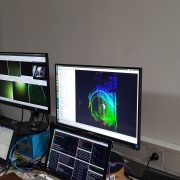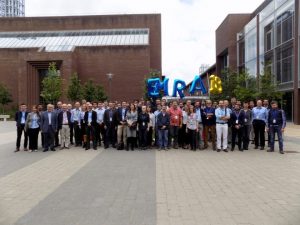UNEXMIN to be presented at the Real Time Mining 2nd International Conferecence in Freiberg, Germany
The UNEXMIN project was invited by the Real Time Mining Project – both EU funded projects under Horizon 2020 and dealing with raw materials issues – to be present at their 2nd Internatioal Conference. UNEXMIN will join other projects in coorganizing the event. This conference will be held on the 27th of March, in Freiberg, Germany.
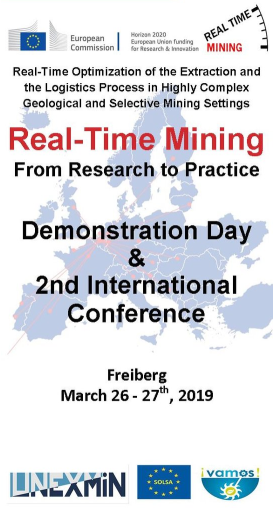 For this event, the UNEXMIN project will bring a total of four presentations, focussing on 4 areas:
For this event, the UNEXMIN project will bring a total of four presentations, focussing on 4 areas:
- Overview presentation of the project and its current development state;
- The underwater 3D mapping tools developed within UNEXMIN;
- The multispectral imaging of minerals in flooded mines;
- The UNEXMIN field trials with the UX-1a robot.
UNEXMIN is aiming at contributing to the conference with talks on its innovative solution to explore flooded mines while contributing to raw materials knowledge in Europe. The project partners will engage in discussions with the remaining participants to strenghten possible collaborations between European projects and together contribute to the development of the European raw materials and robotics fields.
UNEXMIN is developing an autonomous underwater robotic system to explore and map flooded underground mines that allows geological, mineralogical and spatial data to be obtained in a cost-effective, non-risky way.


